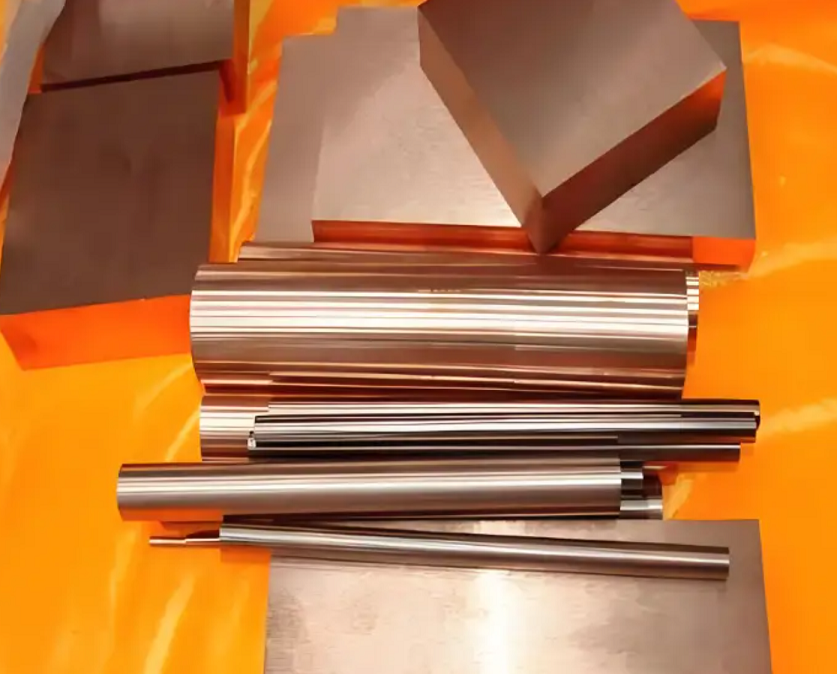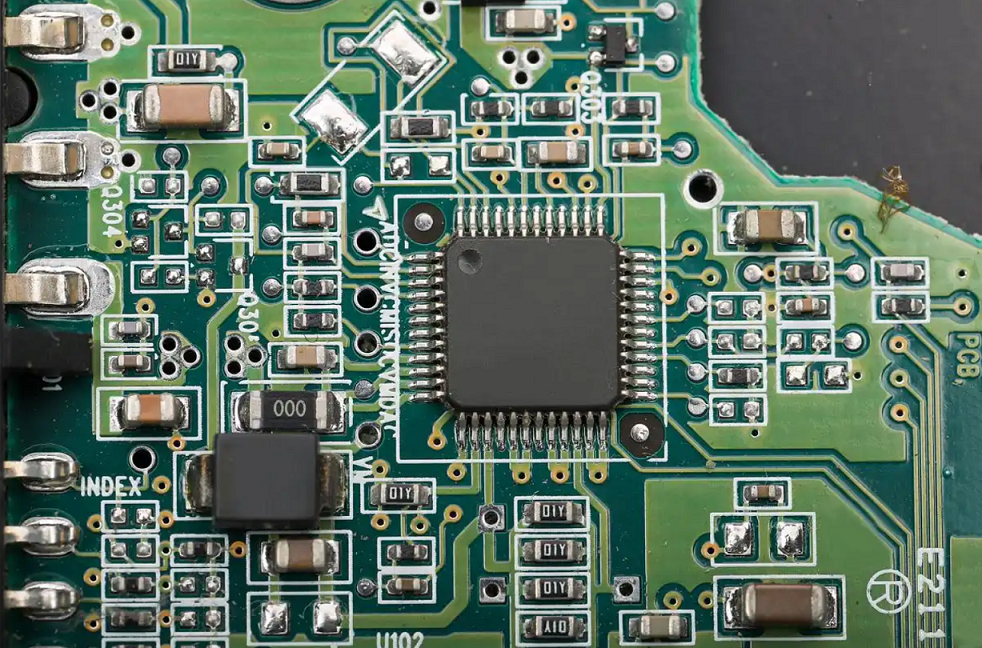Tungsten copper composite material, a new application in the field of electronic packaging!
Tungsten copper composite material, a unique material, is a pseudo alloy made by carefully proportioning and fusing tungsten and copper elements. It is not an alloy in the traditional sense, because it is not formed by melting two metals and then cooling and solidifying. Instead, it uses advanced physical or chemical methods to cleverly combine tungsten and copper, two metal elements with very different properties, to create a material with new properties.
In addition, tungsten copper composite materials also show excellent thermal expansion coefficient matching. This means that when the temperature changes, the stress distribution inside the material is more uniform, effectively reducing the risk of deformation and cracking caused by thermal expansion, thereby greatly improving the reliability and service life of the material. Tungsten copper composite materials combine the high melting point, high density and low expansion coefficient of tungsten with the high electrical and thermal conductivity of copper, providing strong support for the fast and efficient transmission of 5G technology.
Electronic packaging materials are a type of matrix material whose main functions include carrying electronic components and their interconnections, providing mechanical support for these components, ensuring sealed environmental protection, and effectively dissipating the heat generated by electronic components. In addition, it must also have excellent electrical insulation properties as a seal for integrated circuits. Tungsten copper composite materials are widely used in electronic packaging materials due to their unique physical and chemical properties.
In electronic packaging materials, the application of tungsten copper composite materials is mainly reflected in the following aspects:
First, the high melting point and high density of tungsten ensure that the material can maintain stable performance in high temperature environments;
Second, the high electrical conductivity and high thermal conductivity of copper ensure the rapid transmission of signals and the heat dissipation efficiency of equipment.
Third, the low expansion coefficient of tungsten copper composite materials makes it have a small size change when the temperature changes, which is crucial to maintain the stability and reliability of the packaging structure.
Tungsten copper composite materials can be produced by melt infiltration: tungsten powder is pressed into a green body with a certain shape and strength, and then sintered at high temperature to remove the binder and other impurities in the green body, while forming a certain bond between tungsten particles to form a tungsten skeleton with a certain porosity, and then the metal copper melt is injected into it. Under the action of capillary force, the copper melt will flow along the gap between tungsten particles, fill and wet the pores of the tungsten skeleton; finally, after proper cooling, the copper and the tungsten skeleton are tightly combined to form a dense tungsten copper composite material.
This unique tungsten-copper composite material not only inherits the advantages of tungsten and copper, but also achieves the complementarity and enhancement of their performance to some extent. It has broad application prospects in many fields such as aerospace, electronics, and nuclear industry. With the continuous advancement of science and technology and the continuous improvement of technology, it is believed that tungsten-copper composite materials will play a more important role in the future and contribute to the progress and development of human society.
Post time: Jul-22-2025



